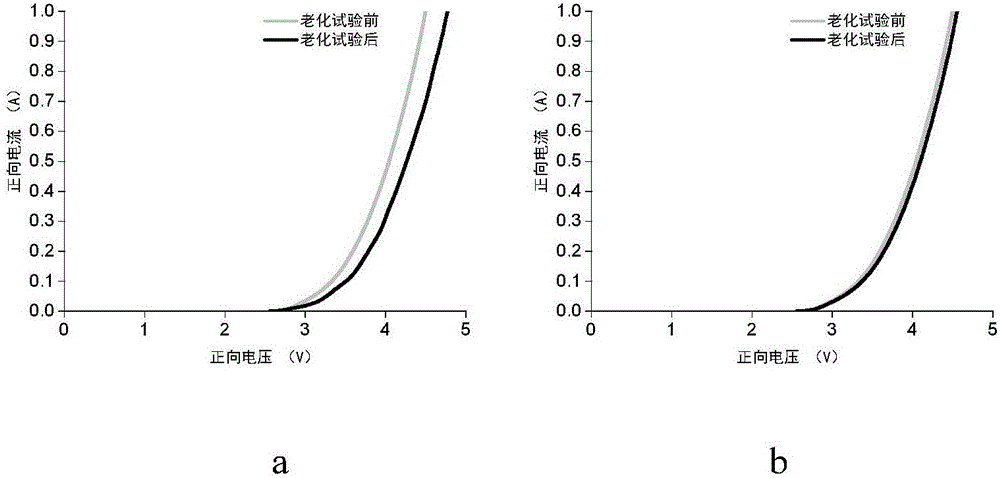Method for reducing effect of base plane dislocation on silicon carbide epitaxial layer
A silicon carbide and epitaxial layer technology, applied in the direction of semiconductor devices, electrical components, circuits, etc., can solve the problems of surface degradation of epitaxial materials, easy damage to the surface of the buffer layer, and fast etching rate of silicon carbide, so as to reduce the possibility and improve the Surface quality, damage reduction effect
- Summary
- Abstract
- Description
- Claims
- Application Information
AI Technical Summary
Problems solved by technology
Method used
Image
Examples
Embodiment Construction
[0019] The technical solutions of the present invention will be further described below in conjunction with the accompanying drawings and embodiments.
[0020] The method for reducing the influence of basal plane dislocations on the silicon carbide epitaxial layer described in the present invention, by reducing the flow rate of hydrogen gas during the high-temperature annealing process and increasing the pressure of the reaction chamber, suppresses the etching effect of hydrogen gas on the substrate, and completes the highly doped buffer layer. The high-temperature annealing treatment, and then continue to use the graded buffer layer grown at a low epitaxial rate, which can reduce the difference in doping concentration between the epitaxial layer and the high-doped buffer layer, and can improve the surface quality of the subsequent epitaxial layer. This epitaxial method can effectively reduce the epitaxial layer. The probability of stacking fault defects derived from basal plan...
PUM
 Login to View More
Login to View More Abstract
Description
Claims
Application Information
 Login to View More
Login to View More - R&D
- Intellectual Property
- Life Sciences
- Materials
- Tech Scout
- Unparalleled Data Quality
- Higher Quality Content
- 60% Fewer Hallucinations
Browse by: Latest US Patents, China's latest patents, Technical Efficacy Thesaurus, Application Domain, Technology Topic, Popular Technical Reports.
© 2025 PatSnap. All rights reserved.Legal|Privacy policy|Modern Slavery Act Transparency Statement|Sitemap|About US| Contact US: help@patsnap.com


